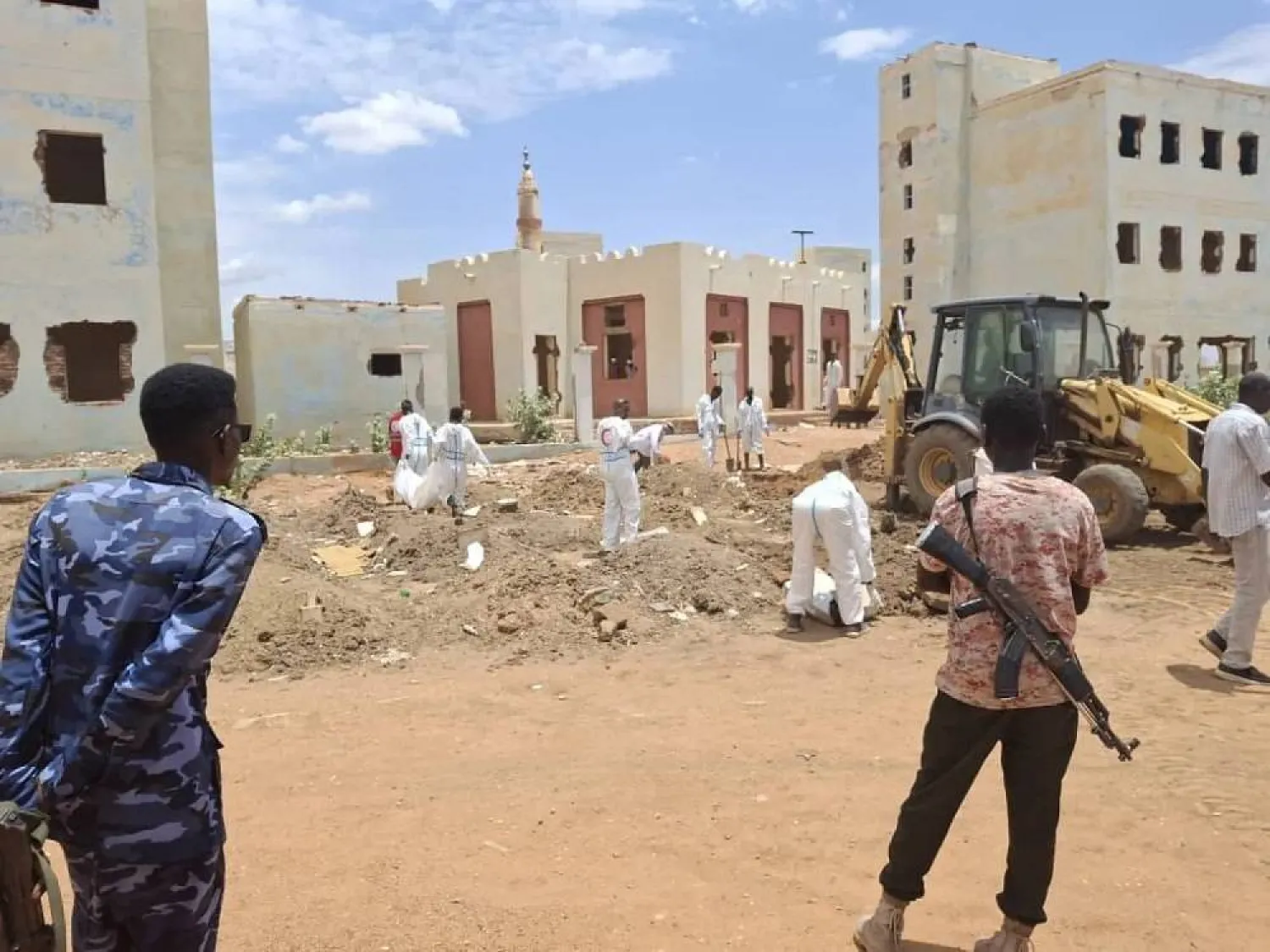During the inauguration of the fourth year of the Saudi Shura Council, Custodian of the Two Holy Mosques King Salman bin Abdulaziz, confirmed that, thanks to the military forces, the ballistic and drone attacks on Saudi Arabia did not impact development and the lives of the people. Rockets are well established and understood weapons, but it is the use of drones, a more novel tool, which is frightening. Drones, because they are relatively easy to build at a limited cost, are creating a kind of strategic imbalance in battlefields around the world. So how are we to characterize this distressing development?
The threat of drones
Several studies trace the origin of drones back to the First World War, when the English tried to fly them in an effort to reduce casualties. The Americans developed the aircraft further during the Second World War, using them to watch over enemy naval vessels. Drone technology was developed further still during the Vietnam War in order to launch surprise attacks with minimal casualties. It was natural for Israel to obtain such aircraft at the time it was waging wars with the Arab world and when it needed to monitor the occupied territories.
Since the 1970s and until this day, drones have become a global concern, especially after terrorist groups managed to obtain these aircraft that bring death from the air. In August, the European Union expressed its concern about the illegitimate use of drones, given how evolved and easy to build the technology has become and after it had landed in terrorist hands. The EU hopes to establish a global network for sharing information about this threat.
Iranian drones: The path of terror
Since the Iranian Revolution erupted four decades ago, the regime in Iran has been trying to destabilize the region, becoming the primary sponsor of terror in the globe. Iran, with help from North Korea, started working with drones soon after the new regime was established in the 1980s, and after decades of development, drones are now readily available for them and their militias, Hezbollah in Lebanon, Hamas in Gaza and the Houthis in Yemen.
Iran’s Terrorism from Syria to Libya to Yemen
Iran has carried out a number of raids on Saudi oil infrastructure, including important pipelines and vital facilities deep into the Empty Quarter, and most notably on the Aramco facilities. Iran has not hesitated in developing and distributing them to terrorists in Yemen. Its malicious reach has gone beyond Yemen and into Syria, opening a route to deliver drones from Iran, making Syria paramount to the movement of drones.
A deep conflict is ongoing between Iran and Russia over land. Libya has also served as a background for a malignant cooperation among the evil triad (Iran, Turkey and Qatar). Unchecked, the Libyan arena has been turned into an experimental field for the deadliest and newest weapons, including drones, many of which were built by Turkey or Iran and funded by Qatar.
Turkish-Iranian collaboration?
The Stockholm Center for Peace Studies mentions such collaboration and confirms that Turkey’s interest in military drones started in 1996 at the latest, when it bought drones from the American company General Atomics and, shortly after, from Israel. More recently Turkey has been collaborating with the Iranians on a Qatari funded project, in an effort to transform itself into a regional power. The drones sent by Turkey were neutralized in Libya by the Libyan National Army, but at least two terrorist organizations, Hezbollah and Hamas, have benefited from the project. Hezbollah benefited from direct Iranian aid, while Hamas took advantage of information leaked from Iran and Turkey.







